
We are more likely to remember information when it is written in a hard-to-read font, according to psychologists at Princeton and Indiana universities.
Researcher Connor Diemand-Yauman and his colleagues wanted to explore how fonts affect how much we remember from the text we read. They found that learning materials set in slightly harder-to-read fonts produced significantly higher scores in students’ assignments.
Arial vs Comic Sans
The researchers presented 28 participants with information about three species of aliens, and gave them 90 seconds to learn the features that identified them. For half the participants, the information was presented in clear 16-point, black Arial font. Information for the remaining participants was presented in Comic Sans or Bodoni fonts, both in grey and 12-point.
Participants were later tested on the identifying features of the alien species. Those who had learnt from the harder-to-read fonts answered 86.5 per cent of questions correctly, compared with 72.8 per cent by those who learnt from the easy-to-read fonts.
The researchers replicated the findings in a similar study at a school in Chesterland, Ohio.
Levels of processing
So why did the participants remember more about the harder-to-read samples?
Diemand-Yauman suggests that when we find something easy to read, we tend to take it as a sign that we already have mastery of the material. But when fonts make reading slightly harder, we often doubt whether we instantly ‘get’ it.
As a result, we are more likely to go over the information again to make sure we fully understand it. This encourages deeper processing in the brain, which makes us remember more about the text.
But that doesn’t mean you use Cloister Black for your reports from now on.
Improving readability
One of the main challenges of writing is producing a document that people actually read. The participants in the studies above were more likely to read than normal. This is because text was given to them by people in authoritative positions (psychologists, teachers) and in test conditions.
But your report isn’t an experiment. And your target audience may not feel obliged to read your piece at all, especially if it’s that little bit harder to read, or it’s set in an inappropriate font.
Besides, there’s more to business writing than getting people to remember the details in your documents. It is about setting a good impression too. Much like wearing a suit, your clients will judge your written output on presentation, and one way to get this right is to use the best fonts.
Serif vs sans serif fonts
Serif fonts are those with the twiddly strokes at the ends of characters (eg Times New Roman, Minion). There is an argument that serif fonts are more distinctive than sans serif fonts (without strokes, eg Arial, Calibri), and are therefore easier to read. However, there are plenty more studies that show there is no difference between them in terms of legibility.
Interaction designer Alex Poole thinks most mainstream typefaces are equally legible. He says, ‘It makes much more sense to argue in favour of serif or sans serif typefaces on aesthetic grounds than on the question of legibility.’
Fonts help to set the tone of your professional identity. For business writing, they need to be formal but approachable; sensible but not staid; and consistent, not erratic. The best choice will be plain, clear and simple – just the qualities we recommend in writing.
Reference: Fortune favors the bold (and the italicized): effects of disfluency on educational outcomes, Connor Diemand Yauman et al, 2010.
To learn more about how we can help you, your team or your entire organisation transform your writing at work, explore our range of courses.
Image credit: marekuliasz / Shutterstock
Subscribe
Expert advice to your inbox




